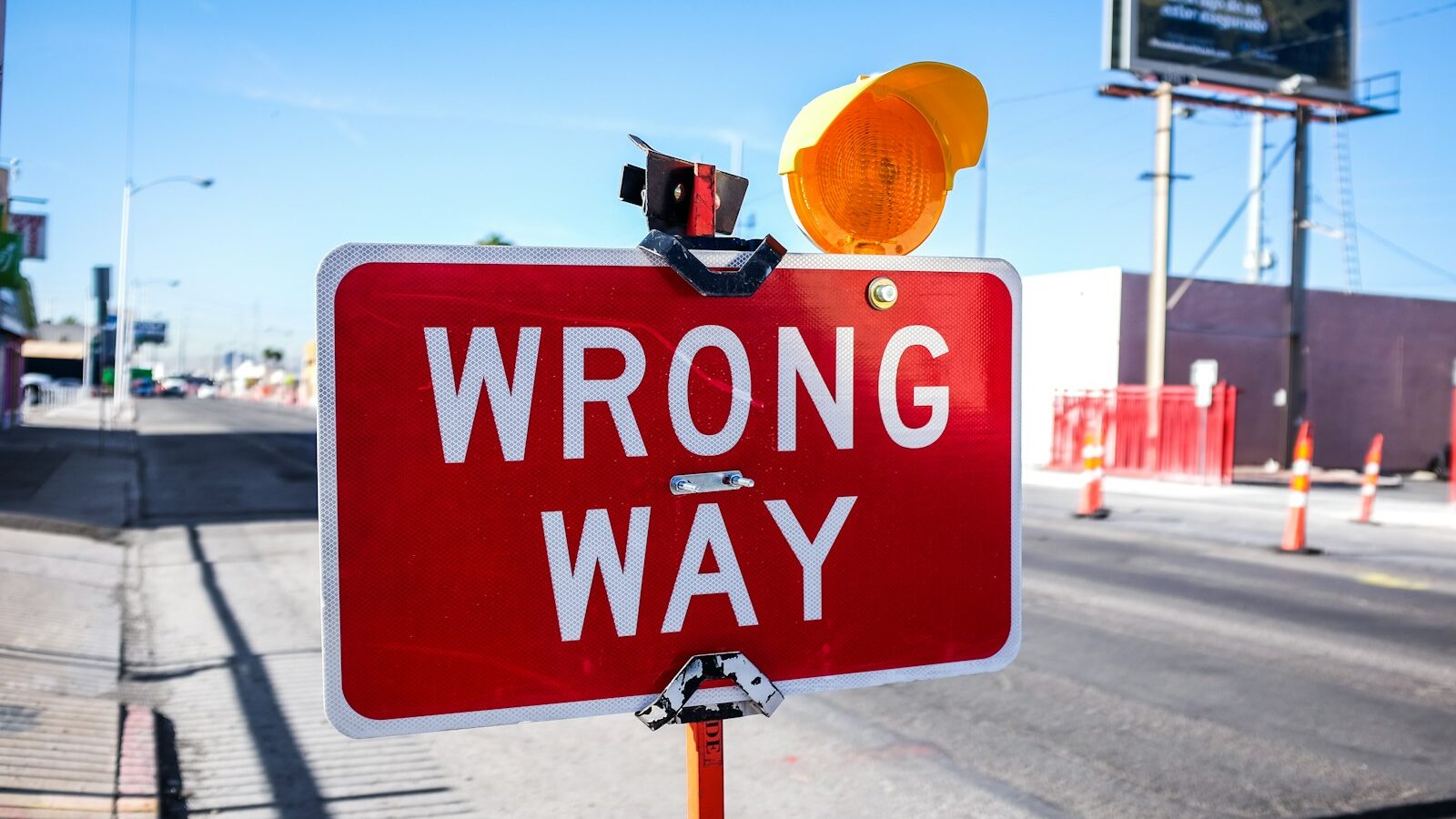In 1936 the psychologist Kurt Lewin published a simple formula that became known as Lewin’s equation. He stated that B = f(P,E). What did Lewin mean by this? It is so simple, yet so profound. What he is saying is that behaviour is a function of both the individual’s performance and the environment in which that individual works.
In other words focusing only on the individual, and not on creating the right environment, means that any attempts at permanent behaviour change are made more difficult and could be thwarted entirely.
In my research for my most recent book Workplace Learning: How to Build a Culture of Continuous Employee Development, it became abundantly clear to me that there is a direct relationship between the quality of the workplace environment and the effectiveness of learning. This requires some explanation!
What I discovered as I read the literature – and as I interviewed chief executives and staff from a large number of companies that appeared to be doing something different and special with regards to learning – is that to make learning effective was nothing to do with the quality of learning, the design of learning or much about access to learning.
The four critical issues that determined the effectiveness of learning and organisation don’t actually mention the word learning!
The four conditions for effective learning
First, there has to be widespread trust in the organisation. Second – and this follows on logically – you have to work in a place where people are prepared to admit mistakes, learn from mistakes and share that learning. Third, new learning has to be shared rapidly around the organisation and turned quickly into appropriate action. And finally, there has to be some physical or virtual space (or perhaps both) where learning is shared.
That is why I developed the idea of learning as an organisational gyroscope. In an aeroplane the gyroscope lets the pilot know where the horizon is. It doesn’t matter if the plane is flying in thick fog or the view is obscured, the pilot can glance down at the artificial horizon and see if the plane is level and where the plane is in relationship to the horizon.
This is absolutely essential as it stops the pilot flying upside down or up in the air or, even worse, straight down to the ground! Every single plane has that gyroscope and it is a critical component for flight.
Get the environment right, empower the right people, and you will continuously alter behaviour and develop skills to adjust to the choppy waters and changing tides of modern business life.
Similarly, I believe that organisations need to have a gyroscope that allows those running the organisation to know where the horizon is, and to adjust the organisation appropriately so the horizon stays in view and the organisation is moving directly forward.
Many of us have either experienced, or know about, organisations that have managed to fly upside down, or plunge rapidly straight to earth. These organisations have lost sight of that critical horizon.
Learning is a way of taking insights and information from outside, rapidly disseminating them through the organisation and turning that learning into action. This allows either radical or incremental adjustments to be made to the direction of travel.
Getting that environment right allows the learning activity in the organisation to take root and lead to genuine and permanent behaviour change. There is nothing more important to help organisations cope with disruption, uncertainty and the complexity of modern business life.
Bringing the collective intelligence of an organisation into play
There are a number of truths that follow logically from this. The first is that you cannot lead an organisation simply by issuing commands. Leaders simply cannot know enough to do this, but the collective intelligence of the organisation can help immeasurably. Leaders need to learn and adjust their behaviour to take this into account just like anyone else in the organisation.
If you take a banking sector as an example of an industry ripe for disruption. All banks are under attack by any number of small online companies that are trying to eat away at each one of the banks products.
Some can loan money a better rates, some will organise foreign exchange cheaper than the bank, some will invest money at higher rates or return and others offer insurance and so it goes on. There are perhaps 60 or 70 active organisations nibbling away at the bank’s core business. No chief executive – however brilliant – can be aware of all 60 and decide which of these represents a major threat and which are doomed to failure.
If organisations want to survive, learning has to be everywhere.
However, the great advantage of a large bank is the number of staff it employs reaching into every corner of society. Collectively, those employees know, and will have directly experienced, every single one of those encroaching predators, and if those views are pooled, it is much easier to work out which are the five or six organisations that pose a major threat.
Action can be taken accordingly. The senior teams in those organisations have to ask for help, and once that is done this, they have to take the right action by listening carefully, assembling diverse views and learning from the new information.
Lifelong learners are business critical
It is clear that learning in this day and age is as much a state of mind as it is a state of your LMS. We need organisations chock-a-block full of lifelong learners curious about the changing world and willing to learn new skills and perhaps challenge some of the fundamental beliefs.
This requires curiosity, humility and a mindset that believes that each individual is capable of making sometimes quite large adjustments to stay relevant and employable in this world of disruption and transformation.
Learning organisations are inherently optimistic and great places to work. Lifelong learners embrace the future and enjoy the challenges that an evolving work environment throws at them.
So Lewin got it right over 80 years ago. Get the environment right, empower the right people, and you will continuously alter behaviour and develop skills to adjust to the choppy waters and changing tides of modern business life.
The many, not the few, will steer organisations towards success
I cannot see how any organisation can respond to the kind of environment in which we now all work, with out embracing the commitment and intelligence of its entire workforce, and not just a few at the top.
This does require the complete integration of learning and work in a context of greater honesty, much more discussion, and far more sharing than is traditional in workplaces today.
The prize for getting this right is huge. If organisations want to survive, learning has to be everywhere. If employees want to remain relevant, and have great working careers throughout their lives, they have to embrace new skills and new ways of doing things.
[cm_form form_id=’cm_65a14c3f5da64′]
Organisations have to help their staff believe in the competence and capability of each and every person. They in turn will ensure the continuing viability and relevance of the organisation in which they work. This is a huge challenge but it is also a massive opportunity.
This age may well be the best time ever to be at work, and the best time ever to learn and thrive throughout life.
So look upwards, do not just focus on getting the learning right, but build the right environment. It is that powerful combination makes learning effective.
Interested in this topic? Read Why better employee relations starts with learning and development.










